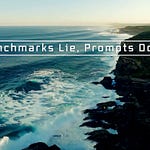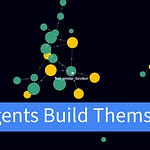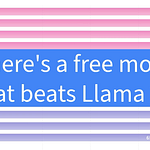New text-to-video models appear every day. New headlines are popping up: OpenAI's Sora, Meta's Movie Gen Video - promising glimpses of what's to come, but mostly just research announcements.
Runway has been consistently delivering better and better machine learning tools for professional artists for several years. The question is whether they are good enough and how they can be boosted with innovative workflows, this article examines the limitations and drawbacks while considering possible uses for creating new art forms.
They're not just predicting, they're creating it.
Like Blade Runner, which revealed more about its creation time than the future it depicted, today's AI video tools are becoming both a reflection of our present capabilities and a blueprint for tomorrow's reality. We're witnessing a remarkable shift: films and videos are no longer just predicting the future - they're actively shaping it.
Through tools like Runway's Act-One, artists are creating visual narratives that transcend traditional boundaries between prediction and creation.
The Technical Reality Check
In this analysis, we'll examine how these emerging technologies function as a "magnifying glass" for current possibilities, much as traditional sci-fi has done for centuries. We'll provide practical guidance for working with Act-One's specific requirements, explore its integration with other cutting-edge tools, and consider how these technologies collectively open new creative territories.









